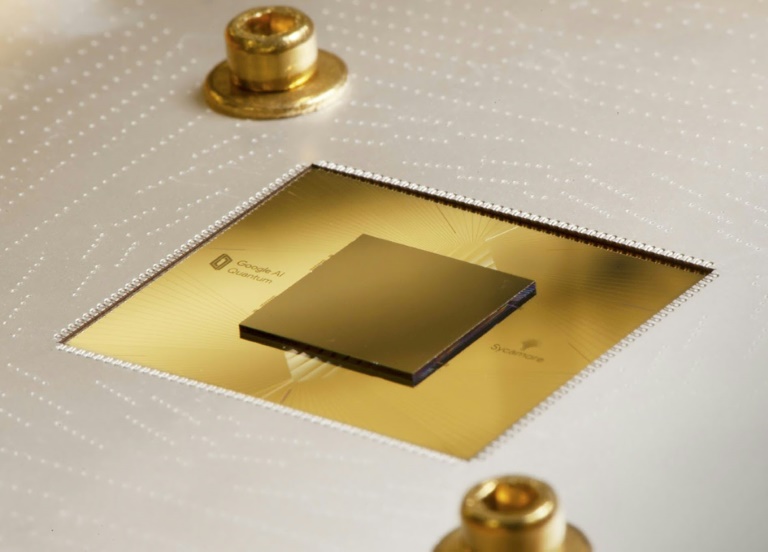A recent study in Scientific Reports reveals that a team of researchers has repurposed astronomy observation equipment to capture changes in the nuclear structure of atomic nuclei.
Conventional methods have struggled to balance sensitivity and detection efficiency when analyzing electromagnetic characteristics of transitions to study these structural changes. However, the researchers have now used a multi-layer semiconductor Compton camera to capture the polarization of gamma rays emitted from atomic nuclei, providing insight into their internal structure.
This innovative approach significantly reduces uncertainties in determining spin and parity for quantum states in rare atomic nuclei, allowing for the capture of transformations in nuclear structure.
The Compton camera, originally designed for astronomy observation, includes a Cadmium Telluride (CdTe) semiconductor imaging sensor with high detection efficiency and precise position determination accuracy. The research group used this camera in nuclear spectroscopy experiments, enabling a detailed analysis of scattering events and a highly sensitive polarization measurement.
2024-02-13 10:00:05
Original from phys.org




















